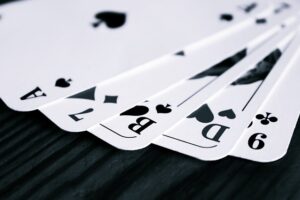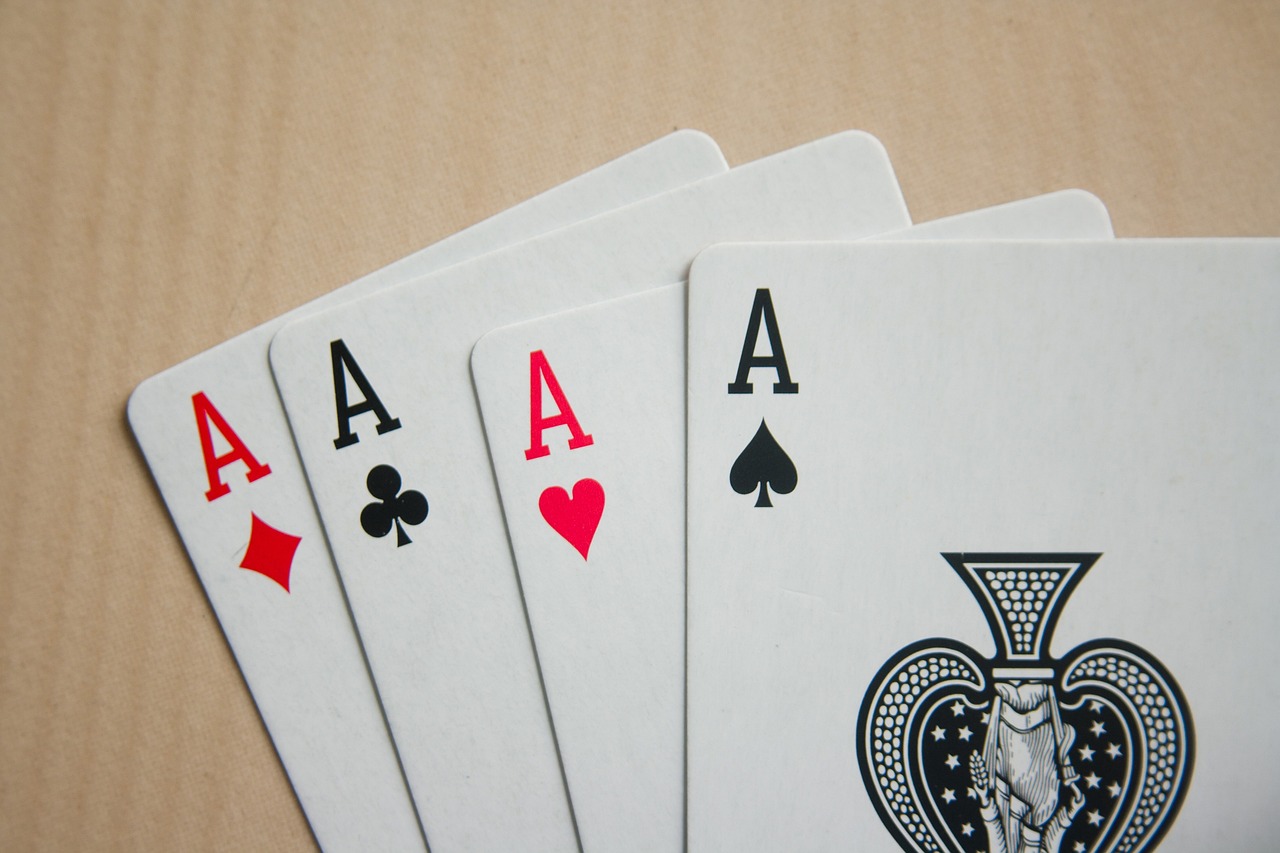Becoming a poker player, you also need a day off to refresh your mind and to loosen up your muscles before joining in a tournament. So learning some card tricks to impress your fellow poker players might suit your needs. Learn more about it at scubby.com/how-to-learn-card-tricks-and-impress-your-friends/. But what if you’re tired of losing at poker even though you feel like you’ve played your best hand? It’s possible that you’re up against cheaters who are using marked cards to their advantage.
This is a common practice among dishonest players, and all poker enthusiasts need to be aware of the different types of marked card decks being used. In this blog post, we will uncover the secrets behind the three most common types of marked card decks for poker cheating. So, let’s dive in and get ready to learn how these deceptive tactics work.
Invisible Ink Marked Cards
 Invisible ink marked cards should be mentioned first since they have become the most common sort of marked cards used for cheating. They are thought to be the hardest to find. These cards’ markings are not visible to the human eye but are viewable with certain contact lenses or UV light. The use of marked cards with invisible ink has the benefit that they are exceedingly challenging to find. The drawback is that to interpret them, specific tools are needed. They may be more expensive and less practical to use than other kinds of marked cards.
Invisible ink marked cards should be mentioned first since they have become the most common sort of marked cards used for cheating. They are thought to be the hardest to find. These cards’ markings are not visible to the human eye but are viewable with certain contact lenses or UV light. The use of marked cards with invisible ink has the benefit that they are exceedingly challenging to find. The drawback is that to interpret them, specific tools are needed. They may be more expensive and less practical to use than other kinds of marked cards.
Signature or Dot Marked Cards
Cards with a signature or a dot on them are frequently used by cheats at lower-class poker tables. For the cheater to identify the card by feel, signature marks are established by signing the back of the card in a specific manner, as the term suggests. The back of the card is marked with dots using a special pen, which the cheater can feel and use to recognize the card.
Barcode Marked Cards
 Barcode-marked cards are the most advanced and challenging to identify marked cards out of all of them. Barcodes are printed on the back of each card in these decks, as the name would imply. When scanned by a specialized reader, the player can identify the cards they are holding since the barcodes match the rank and suit of the cards. Despite how challenging it is to detect barcode-tagged cards, a few telling signals can help.
Barcode-marked cards are the most advanced and challenging to identify marked cards out of all of them. Barcodes are printed on the back of each card in these decks, as the name would imply. When scanned by a specialized reader, the player can identify the cards they are holding since the barcodes match the rank and suit of the cards. Despite how challenging it is to detect barcode-tagged cards, a few telling signals can help.
Before placing a wager, a player may employ a barcode reader if you notice them continuously scanning their cards. Second, a player may also be utilizing a barcode reader if you notice that they consistently know which cards are likely to be dealt next. A player who has an extremely high win rate might be using barcode-marked cards to cheat.
If you suspect that someone is cheating with barcode-marked cards, the best thing to do is to confront them about it. Many players who use these decks readily admit to doing so, as they know it is very difficult to get caught. If the player denies cheating, but you still have your suspicions, you can always ask a casino staff member or floor manager to inspect their deck for marks or barcodes.
How to Spot a Fake Deck
So how can we tell if someone is using a fake deck of cards? The first is the quality of the cards. If the cards are made of cheap materials or have poor printing, they are likely fake. Another clue is if the back design of the cards is not symmetrical. This is an easy way for manufacturers to cut corners and produce fake decks. Be on the lookout for missing numbers or letters on the faces of the cards. This is another common sign of a fake deck.




